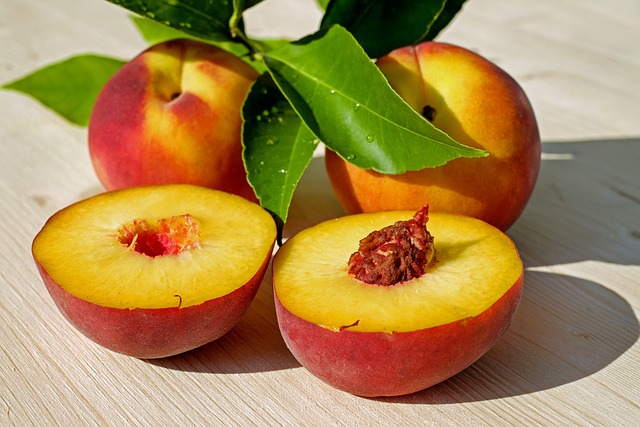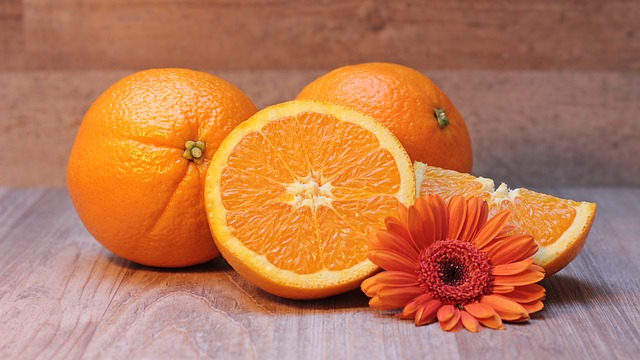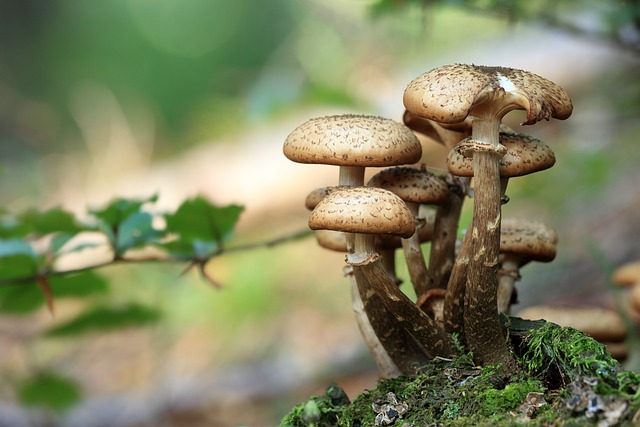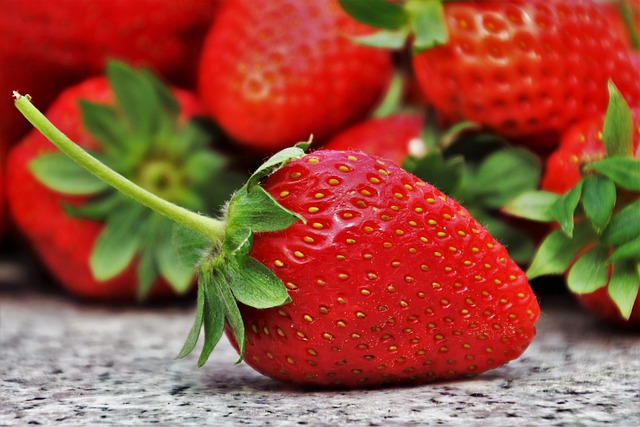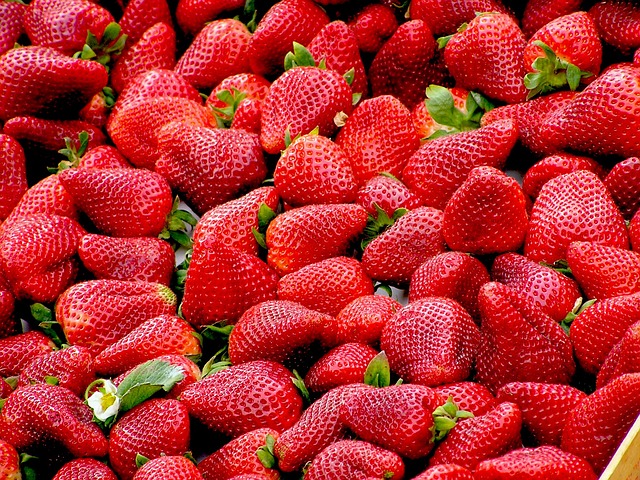DIY Probiotic Beverages: Easy Recipes for Gut-Healthy Drinks
Probiotics are all the buzz these days, and for good reason. They’re the good bacteria that live in our gut and play an important role in supporting our immune system, aiding in digestion, and even affecting our mental health. While you can take probiotic supplements, incorporating probiotic-rich foods and beverages into your diet is an excellent way to naturally support a healthy gut.
One popular way to get your daily dose of probiotics is through fermented beverages. These drinks are easy to make at home and can be customized to fit your taste preferences. Plus, they’re a great alternative to sugary sodas and juices. Here are three easy DIY probiotic beverage recipes to try.
Kombucha
Kombucha is a fermented tea that’s been consumed for thousands of years. It’s made by adding a SCOBY (symbiotic culture of bacteria and yeast) to sweetened tea and allowing it to ferment for several days to a week. During the fermentation process, the SCOBY consumes the sugar and produces a fizzy, slightly sour, and probiotic-rich beverage.
Here’s how to make kombucha at home:
- Bring 8 cups of water to a boil in a large pot
- Add 1 cup of sugar and stir until dissolved
- Add 4 black tea bags and allow to steep for 10 minutes
- Remove the teabags and allow the mixture to cool to room temperature
- Pour the cooled mixture into a large glass jar and add a SCOBY and 1 cup of starter tea (pre-made kombucha)
- Cover the jar with a cheesecloth or coffee filter secured with a rubber band
- Allow the mixture to ferment for 7-10 days at room temperature, tasting it after 7 days to see if it’s ready (it should be slightly sour)
- Remove the SCOBY and 1-2 cups of the liquid to use as a starter for your next batch
- Bottle the remaining kombucha in airtight containers and place in the fridge to stop the fermentation process
Kefir
Kefir is a tangy and slightly effervescent drink that’s made by fermenting milk with kefir grains. Kefir grains are a mixture of bacteria and yeasts that consume the lactose in milk and produce lactic acid, which gives kefir its characteristic tanginess. While you can make kefir with any type of milk (cow’s, goat’s, sheep’s, nut), cow’s milk is the most commonly used.
Here’s how to make kefir at home:
- Add 1-2 tablespoons of kefir grains to 4 cups of milk in a glass jar
- Cover the jar with a cheesecloth or coffee filter secured with a rubber band
- Allow the mixture to ferment for 12-24 hours at room temperature, tasting it after 12 hours to see if it’s ready (it should be tangy)
- Strain out the kefir grains using a fine mesh strainer and transfer the kefir to a separate container
- Refrigerate the kefir until chilled and ready to drink
- Rinse the kefir grains and repeat the process to make another batch of kefir
Kvass
Kvass is a fermented tonic beverage that originated in Russia. It’s made by combining rye bread or beets with water, sugar, and a SCOBY and allowing it to ferment for several days to a week. The result is a slightly sour and fizzy drink that’s rich in probiotics and antioxidants.
Here’s how to make beet kvass at home:
- Wash and chop 2-3 organic beets into small pieces
- Add the beets to a large glass jar along with 1 tablespoon of sea salt and enough filtered water to cover the beets


